2022 NFT Guide: Everything You Need to Know About Non-Fungible Tokens
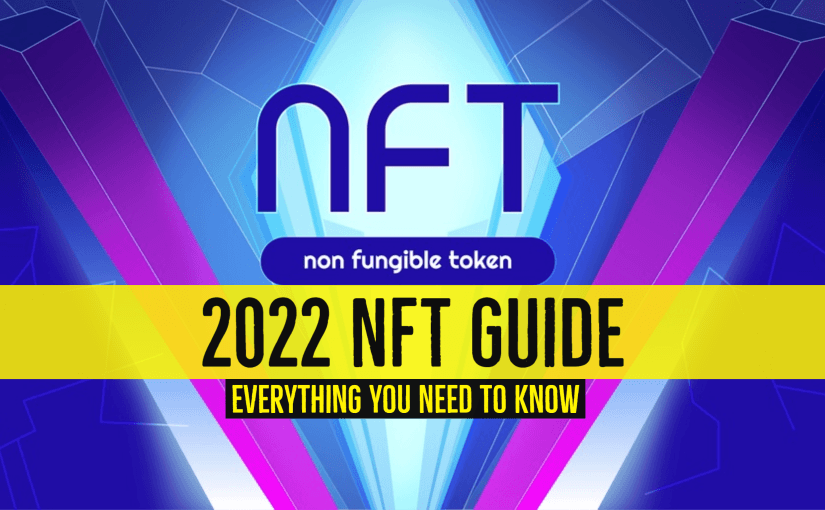
It is remarkable how crypto and blockchain technologies continue to introduce new concepts that are potent enough to alter convention. In 2020, the world watched on as a new financial paradigm, DeFi, evolved into a viable alternative to traditional finance. The same level of hype witnessed during the DeFi boom of 2020 has begun to propel a new crypto sector albeit with even more mainstream appeal. In 2021, Non-fungible tokens or NFTs have become the toast of the crypto world, thanks to unprecedented demand for blockchain collectibles and the transparency that comes with them.
In this guide, we will discuss everything you need to know about NFTs, including their benefits and drawbacks.
What is NFT?
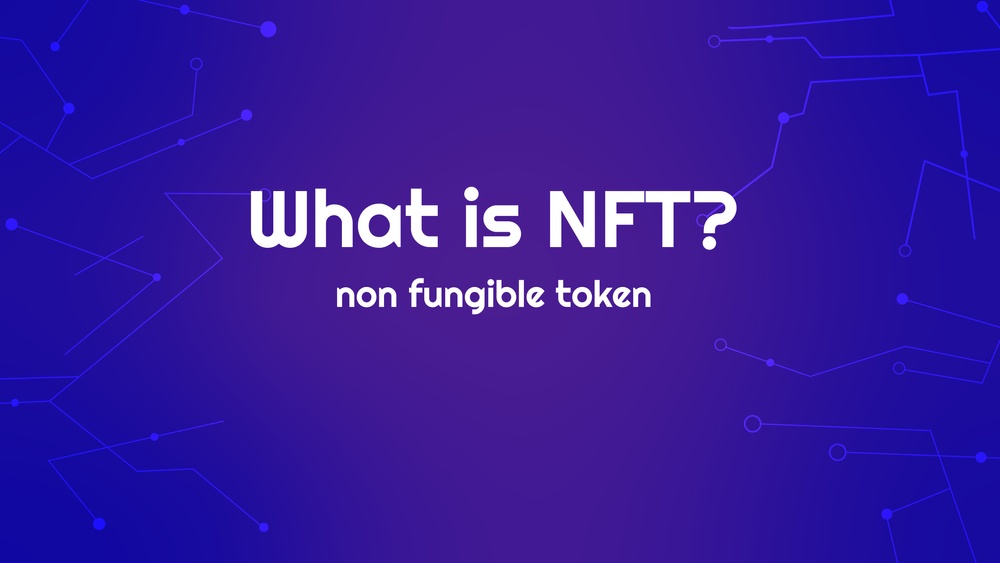
Those familiar with the crypto world know that NFT is not a new concept. There have been different variations of this functionality since 2012 and it finally evolved to its present form in 2017 following the launch of the ERC721 token framework. However, for the uninitiated, it is best to explain the rudimentary of NFTs, how they came to be and what they bring to the table.
Simply put, NFTS are blockchain-based digital assets that are unique and rare. From its name, it is clear that this token framework adopts a non-fungible design. Therefore, no two NFT tokens are ever the same. In contrast, you maintain the value of your holdings when you exchange a $100 note for another $100 note. This example depicts the fungibility of fiat currencies. The same is true for Bitcoin and the likes. In contrast, each NFT is unique, and they establish the ownership of digital and real-world assets like collectibles, GIFs, tweets, arts, game skins, and much more.
The objective is to enable scarcity of digital assets that will in turn drive the value of such tokens up. Each non-fungible token comes with data that validate its authenticity. And since they are on the blockchain, the data is publicly available and traceable. Hence, it is easy to track the creator of a piece of art represented by NFT. Also, you can find out the past owners, and the historical price of the token. It is easy to see why these features have become popular in industries plagued by counterfeiters. Most especially, NFT is appealing to independent artists who would rather want to control how their works are distributed and valued. It ensures that the creator of a digital asset receives a fair share of the proceeds generated.
Some argue that NFT preserves the rarity and uniqueness of digitized assets and provides a means to trade them. In other words, NFT replicates the physical attributes of assets on the internet while enabling a marketplace that promotes decentralized transfer of ownership. Anyone can mint non-fungible tokens. Likewise, there are no restrictions when it comes to the trading of such tokens. In other words, the possibilities are endless.
What is the history of NFT?
As mentioned earlier, the concept of scarce and unique digital assets is not exactly new. This idea emerged in 2012 when Bitcoin proponents began playing around with the possibilities of Colored Coins. These coins are small denominations of BTC that can represent the value of assets on the Bitcoin network. This design worked best in a permissioned environment as participants must always reach a consensus on the state of Colored Coins and the assets they are pegged to. As such, the drawback was that the system tends to fall apart if any of the counterparties choose to object to the evidence that equates Colored Coins to a specific asset.
For instance, 3 entities agree that 1,000 Colored Coins represent a property. This peg will only hold if all 3 parties reach a consensus. The moment 1 or 2 participants stops equating the 1,000 colored coins to the property, then the system is bound to fail. Although Colored Coins lacked the robustness of present NFT designs, it laid the foundation for what we have today.
Later in 2014, Counterparty emerged with advanced use cases for the Bitcoin blockchain that permitted the creation and trading of memes and card games. These functionalities eventually found their way to the emerging Ethereum network in 2017 with the launch of Peperium. The advent of this feature later spurred the launch of Cryptopunk, Ethereum-based characters designed by John Watkinson and Matt Hall. The two creative technologists created 10,000 unique characters and distributed them freely to Ethereum users. Cryptopunk has since spurned a secondary market where the cards can be traded.
However, it is worth noting that Ethereum had not launched the NFT token framework when Cryptopunk came onboard. Therefore, the characters were distinguishable ERC20 tokens, which makes Cryptopunk more or less a hybrid of ER20 and ERC721 frameworks. Then came the official launch of the ERC721 token standard on the Ethereum blockchain, which marked the advent of NFTs.
Before the launch, the Ethereum ecosystem utilized the ERC20 standard which is not quite suitable for creating non-fungible tokens. In contrast, the ERC721 standard has the added advantage of enforcing ownership and the tracking of individual tokens on the blockchain.
Cryptokitties was the first to utilize this new standard in 2017. This virtual game allows users to create, breed, and trade cats on the Ethereum blockchain. Each cat is unique, and very rare felines often fetch good prices on NFT marketplaces. The most expensive virtual cat sold for $170,000 in 2018.
Following the success of Cryptokitties, the NFT ecosystem recorded explosive growth with several NFT platforms and marketplaces aiming to capitalize on the promises of non-fungibility. According to Nonfungible.com, the NFT mania has resulted in the trade of over $500 million worth of non-fungible tokensv.
Due to the promising nature of this innovation, more smart contract-enabled blockchains have introduced their native token standards for NFTs. In other words, Ethereum is not the only NFT-compatible blockchain available today. Recently, Tron launched the TRC-721 standard for NFT compatibility.
Why is NFT a compelling concept?
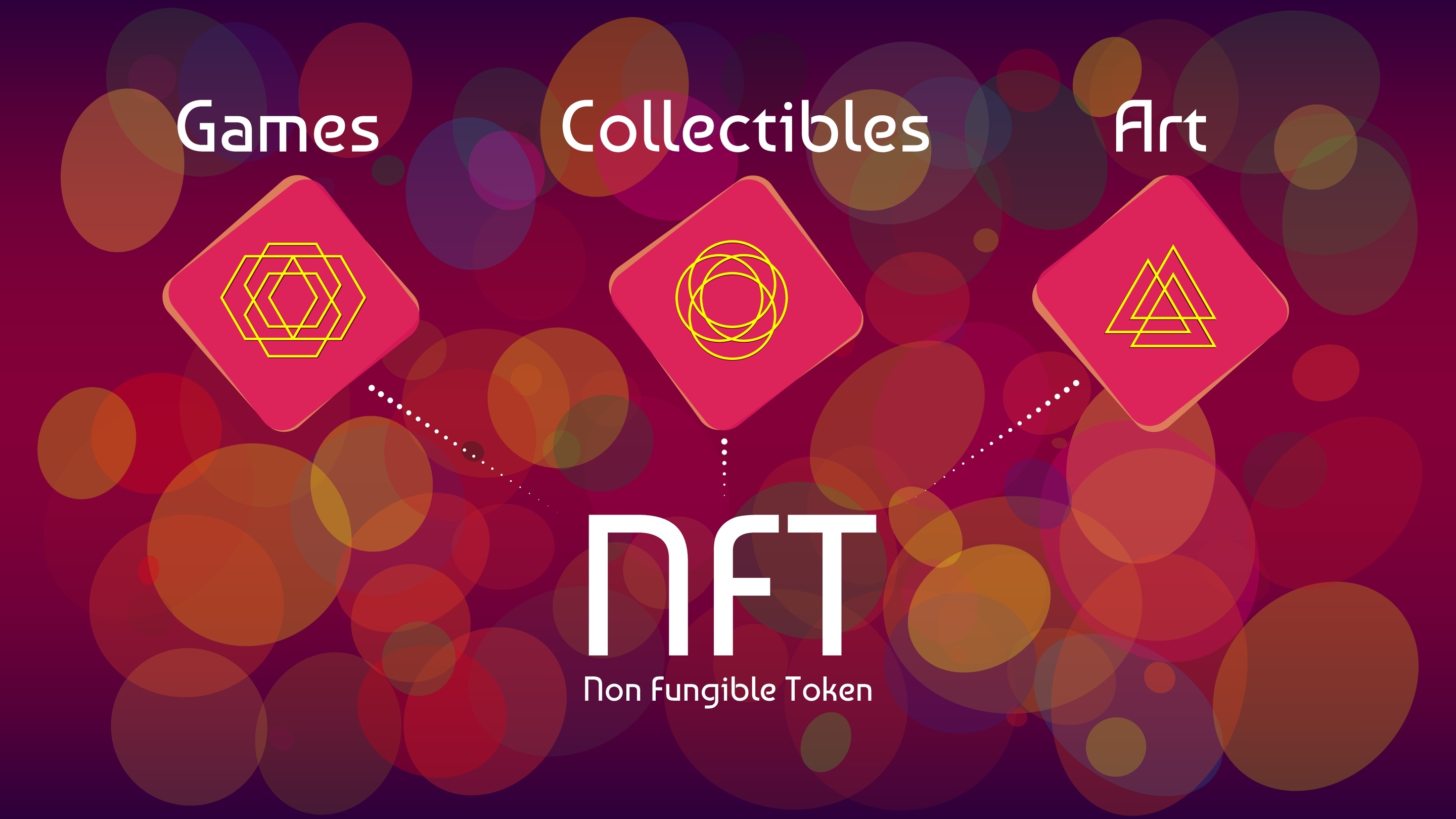
Uniqueness
The most compelling selling point of NFT is that they are unique. Two NFT cannot be the same. Even when they look similar, like in the case of trading cards, it is possible to identify them by checking their serial numbers on the blockchain.
Indestructible
Likewise, the ownership of NFTs is verifiable on the blockchain. Since it is almost impossible to alter or destroy the information on blockchains, the NFT framework is unsusceptible to manipulations.
Tradeable
Also, they are tradeable. Unlike conventional methods of trading rare items, it is easier to trade NFTs and transfer the ownership to the buyer instantly. More importantly, it is possible to exchange an NFT for an entirely different one.
Royalties
The NFT framework allows creators to retain ownership rights over their creation and even receive resale royalties whenever their work is resold to a new owner.
Collateral
Interestingly, NFTs, depending on their value, can also be used as collateral to secure loans.
Due to these unique qualities, NFT has become a trendy topic, and companies, as well as individuals, are increasingly incorporating the technology. For one, gaming is fast becoming one of the most popular use cases of NFT. the possibility of owning in-game assets and trading them on marketplaces is far too impressive to ignore. Now, gamers can own exclusive avatars, in-game currencies, and weapons, and trade them on secondary marketplaces. It is worth mentioning that this system is more flexible than conventional game designs with restrictive ownership and trade policies.
This functionality is also propelling virtual games, like Decentraland, where gamers can own and develop virtual lands and lease them out or sell them for a profit. Apart from the gaming industry, the art world is also coming to terms with the innovative benefits of NFTs. Artists now have a direct means to sell the digital form of their work on a global market. With this, artists can generate more profit from sales since NFT allows them to eliminate third-parties. The technology is also a viable means of claiming royalties from the resale of digital artworks or songs.
Note that the examples above are just a few of the applications of NFTs. Since it is a nascent technology, we expect the blockchain community to unveil new use cases in the coming years. However, in the meantime, the growing demand for NFTs is closely linked to the explosion of digital artworks and collectibles. Other use cases capitalize on the representation of real-world assets on the blockchain with smart contract functionalities. We have witnessed how NFT can impact the real estate economy, the supply chain, and identity management techniques.
Another interesting iteration of NFT solutions was introduced by NBA Top Shot in partnership with Dapper Labs. The platform which was launched in October 2020, offers video-based trading cards of NBA highlights and has recorded $200 million worth of sales. Collectors can resell these moments on a secondary marketplace. Recently, a 2019 Lebron James highlight sold for $208,000, indicating that there is a market for such NFTs.
What are the top NFT projects?
Below are some of the projects contributing positively to the NFT narrative by enabling a conducive environment for creating, launching, trading, managing, storing, and buying NFTs.
Flow
Flow has emerged as a developer-friendly blockchain with new generation functionalities for games, apps, and assets. This blockchain was developed by the team behind CryptoKittes and Dapper Wallet. Notably, it is the base blockchain for NBA Top Shot and has partnered with established brands like UFC and Samsung for the deployment and management of NFT-based blockchain games and apps. Like most blockchain networks, the project has a native token, called FLOW, with its market cap currently above $700 million.
Enjin
Enjin is a platform built to enable the trading of integrated digital products. As such, ENjin allows users to buy or sell fungible and non-fungible in-game assets. To create a marketplace for multi-game digital assets, developers can tokenize their in-game items using the ENJ ERC20 token. On its website, Enjin claims that it has facilitated the creation of over $2 billion worth of assets and users have installed over 1.8 million wallets. The market cap of ENJ is currently hovering around $1.8 billion.
Decentraland
Decentraland is an Ethereum-based virtual reality platform that offers a digital real estate gaming experience. Users can buy virtual lands, develop them and trade them for real money. The project has two native tokens. The first is MANA, an ERC20 token that is burned to acquire virtual lands on Decentraland, while the second is LAND. The latter is an ERC-721 token that represents a specific portion of the virtual world of Decentraland. The largest district on Decentraland has 8,008 LAND, with each LAND representing 100 square meters of land.
Axie Infinity
Axie Infinity is a blockchain game that allows users to breed, trade, and battle in-game creatures called Axies. It is also possible to buy or rent lands. Depending on the rarity of the NFT, the price of digital assets on Axie Infinity cans sell for as high as $1 million. Recently, 9 plots of virtual lands sold for approximately $1.5 million in what marked the most expensive virtual land in the NFT market.
Terra Virtua
Terra Virtua provides a marketplace that does not focus on a single NFT niche. As such, it is possible to find a variety of NFTs on Terra Virtua, regardless of whether they are arts, tweets, virtual items, in-game assets, and so on. By partnering with top movie studios, including Paramount Pictures and Legendary Entertainment, Terra Virtua has the license to create NFT collectibles depicting characters in blockbuster movies. The platform currently has the license to create collectibles for Top Gun and Pacific Rim Uprising.
Origin Protocol
Origin Protocol prefers to call itself a decentralized shopping platform for crypto NFT products. It aims to allow artists to connect directly with their fans without having to source the services of distribution companies or labels. In February 2021, 33 NFTs representing a tokenized musical note album sold for $11 million on Origin Protocol. The buyers of the NFTs would redeem the token and receive limited edition vinyl of the said album that also contains unreleased songs by the artist. Such a milestone indicates the growing status of Origin Protocol in the entertainment and creative industry.
Chromia
Chromia Studios is a blockchain gaming platform launched in August 2019 to enable suitable and sophisticated tools for building interactive games on the blockchain. The project already has a mining game that supports elements of ownership. In the future, the project looks to develop a massively multiplayer online game on the blockchain for an even more immersive and interactive experience.
Rarible
Rarible is an NFT marketplace that provides creators with a platform to mint NFTs and sell directly to buyers. The platform has a native token, called RARI token, which is at the core of the network’s governance system. You can buy collectibles or arts on Rarible with RARI, and the token also gives you a say in the governance of the ecosystem. Rarible explains that creators or collectors are not required to have coding skills to mint NFTs on the platform.
WAX
Self-acclaimed King of NFTs, Worldwide Asset Exchange or WAX is another prominent project in the NFT sector. The platform has helped established brands and personalities like deadmau5, Atari, William Shatner, Capcom, and Topps to mint and sell their NFTs. Also, developers can build their games and marketplaces on WAX. Much like Rarible, WAX rewards active participation in its ecosystem with its governance token. Contributors get to receive WAXG tokens or Ethereum as rewards.
The Sandbox
The Sandbox is another gaming platform that offers users the infrastructure to build and monetize virtual assets. The website explains that The Sandbox metaverse contains 166,464 LANDS, and you as a user can choose to build online games on your acquired LANDS or rent them out to other players. The platform claims that the process involved is simple and straightforward even to those with little or no coding skill. Also, the utility token of the ecosystem is SAND, which can be used to buy LANDS or create a gaming experience on the platform’s game maker. You can earn extra SAND when other players buy or use your digital assets.
Other notable mentions are Opensea, Sorare, Superare, and Nifty Gateway, which are all prominent NFT marketplaces that support NFT minting and trading.
NFT in the digital content realm
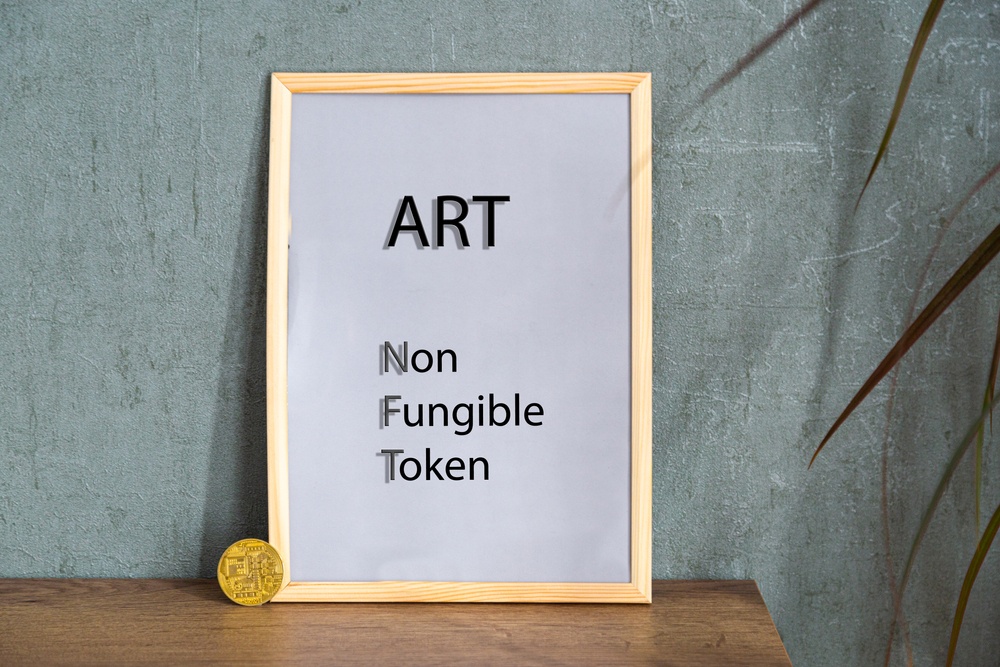
We acknowledge that the ridiculous price tags of NFT-based digital artworks are currently the major driver for the explosive media coverage that the NFT sector is enjoying presently. Therefore, it is vital to dissect the craze for NFT art pieces and their absurd price tags.
In a bid to have more control over their works, content creators and artists are increasingly adopting NFTs. The objective is to receive a fair share of the profit generated from the sale of digital content or artwork. Before the advent of NFTs, creators often find it difficult to monetize their craft unless they pitch their tent with marketing or distribution companies that will, in turn, claim a share of the revenue generated.
With NFTs, creators can join global and decentralized marketplaces, mint the NFT version of their content or artwork and sell them directly to buyers. This process does not only promote a self-publishing culture but also generates more income for creators. As mentioned earlier, creators can also write royalties into the code of the NFT so that they receive a percentage of the profit generated whenever their work is resold to new users.
Robert Alice, a London-based artist explained that the technology delivers an assured means of profiting off his artistry and years of networking. “NFTs are the single biggest reorientation of power and control back into the hands of the artist basically since the Renaissance and the printing press,” says Alice. “It appeals to people who have built up their own audiences—maybe on social media—to go and sell work directly to their audience.”
Why do NFTs have value?
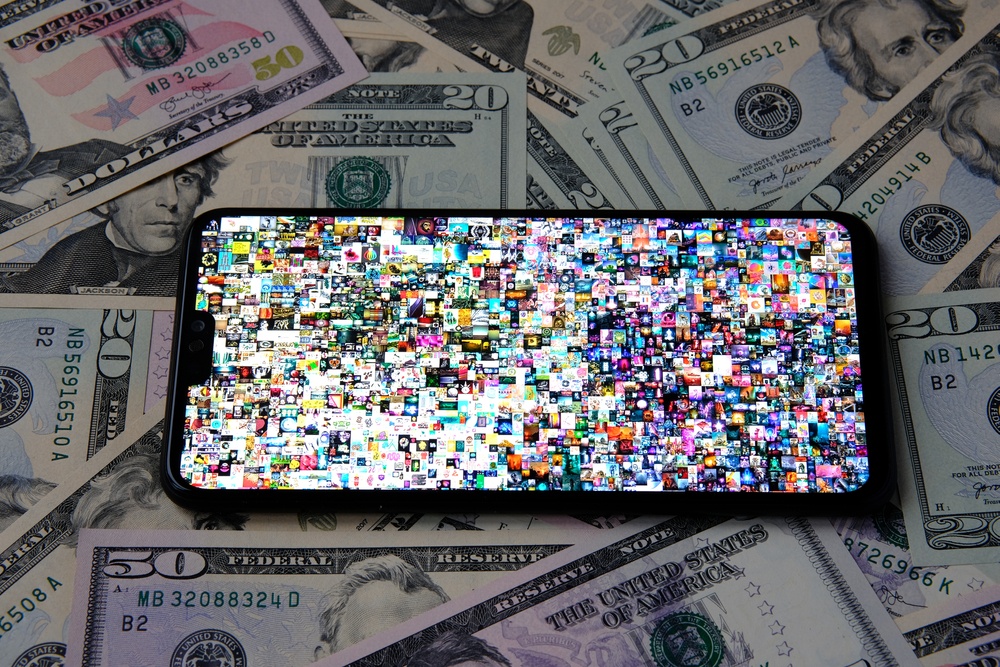
The value of NFTs boils down to demand and supply. In other words, the uniqueness and rareness of an NFT often determine its value. The more scarce a non-fungible token is, the higher the price investors, collectors, or gamers are willing to pay for it. There are many instances where NFTs generated enormous profits for their creators or owners. For instance, a virtual estate on Decentraland sold for $80,000 because the site where it is located is desirable.
Most buyers purchase NFTs in hope that the value will exponentially increase in the future. Hence, some believe that the NFT market is speculative. Amy Castor, a crypto journalist, reportedly stated that the lack of regulations and protections affirms the speculative side of the NFT market.
“Anybody can create an entity about anything and just sell it on a marketplace. There probably aren’t that many protections in place. But, I mean, the key thing is you’re not buying anything,” according to Castor. “If you buy identity as a token, it’s just this coin. There’s really no intrinsic value to it, other than what somebody else is going to pay you for it,” she added. “It’s all speculative at the end of the day.”
Also, v buckenham, a London-based digital artist, told The Guardian that he does not find NFT enticing enough as an art marketplace.
“The point of owning a piece of art is to look at it and enjoy it – and buying an NFT doesn’t do anything to help you do that. An NFT is just an entry in a fancy database somewhere asserting that you ‘own’ the artwork. The only thing it’s good for is allowing you to sell on that database entry to someone else later on.”
On the other hand, proponents have argued that the value of NFTs stems from the innovation of the technology.
“Some of that interest is from people who enjoy supporting the work of independent creators by purchasing their works,” Mike Steib, CEO of Artsy, stated in an interview with CNN. “Others are intrigued by the idea of taking a digital asset that anyone can copy and claiming ownership of it. The recent headline price records for NFTs seem to have been largely driven by newly minted crypto millionaires and billionaires looking to diversify their bitcoin holdings and more interest to the crypto ecosystem.”
Regardless of the divisive nature of NFT, it is safe to say that the concept and the technology that powers it will remain a recurring theme even as the world looks to establish a digitized economy.
NFT and DeFi
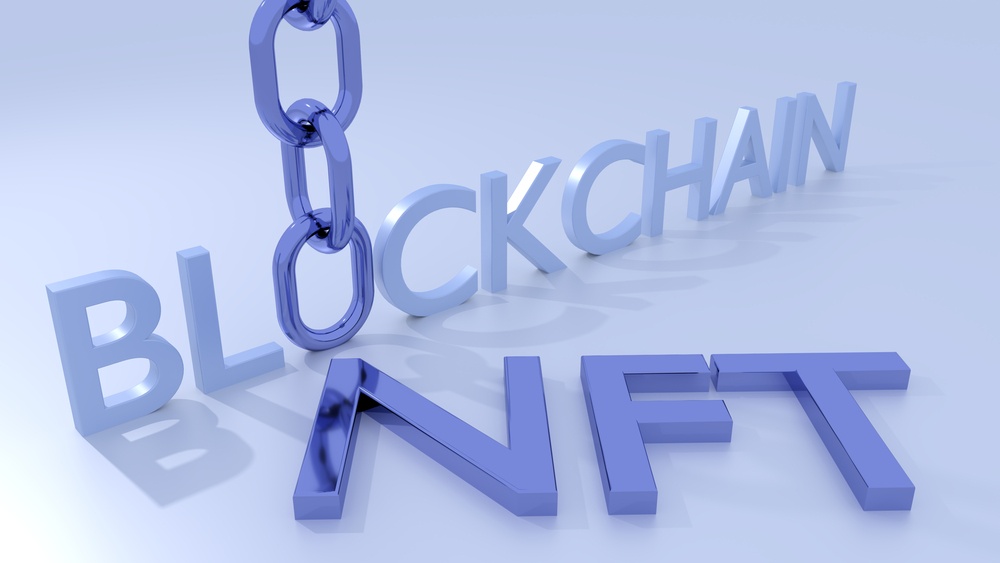
It is no surprise that developers and startups have begun to look for ways to combine NFT and DeFi for even more advanced features. This integration unlocks and unites two budding blockchain applications to ensure that the NFT economy retains elements of decentralization and also the high-yielding opportunities of DeFi. Some of the use cases of NFT and DeFI integrations are:
NFT backed loans
Now that the world knows that NFTs are valuable, the logical thing to do is to build a secondary economy that feeds off this value and gives NFT additional use cases. To this end, startups have begun to experiment with the idea of NFT backed loans. This initiative borrows from the popular DeFi loan design to create a credit facility for NFT holders. In other words, NFT owners can collateralize their tokens and borrow other cryptocurrencies against them. For example, you can collateralize a Cryptopunk card to access a fraction of what it is worth as a loan. If you do not pay back the loan at the predefined time, the protocol may sell the card or send it to the lender.
Fractional ownership
The NFT market is also experimenting with the idea of fractional ownership, which allows more than one entity or individual to collectively own an NFT. This concept aims to provide the means to enable collective ownership that will fractionalize the value of an NFT item. For instance, 20 people can co-own a digital artwork. Hence, you do not need to buy the whole thing to become an art owner. You may decide to just own a share of the digital asset.
Experts believe that this possibility will attract more investors and democratize the NFT market such that you do not have to pay millions of dollars to invest in expensive collectibles and rare items. Besides, this opens up investors to the opportunity of exchanging shares of NFT-pegged assets on decentralized or centralized marketplaces. The overall value of the NFT is subject to the prices of its fractions.
It also brings the possibility of incorporating decentralized autonomous organizations (DAO) as the governing system for jointly-owned NFTs. Below are Some of the projects looking to implement DeFi-based NFT solutions.
Niftex
This is a startup that makes it possible to fractionally own NFTs. Other additional features planned to be released are the fractional distribution of royalties, governance, and decentralized autonomous organization. All these functionalities will come together to make fractional ownership of NFTs possible and finely grained.
Ark Gallery
Ark built a DAO that wraps Cryptopunk cards so that they can become fungible. This platform also introduced liquidity tools that have since contributed to the buoyant Cryptopunk market.
Mintbase
As its name implies, Mintbase focuses on providing the tools required to mint non-fungible tokens. An additional feature also lets royalties be shared among 1,000 people. This will come in handy for individuals interested in owning a fraction of an NFT.
NFTX
This platform is working on creating community-owned index funds that will allow a token to represent the ownership of several NFTs. NFTX houses index funds that track the value of specific NFT categories and those that represent a spectrum of NFT markets.
Charged Particles
This protocol functions similar to Ark Gallery in that it offers the tools to wrap non-fungible tokens with ERC20 tokens for more exposure to DeFi services. Wrapped NFT tokens can easily generate value on DeFi lending protocols, liquidity pools, and so on.
Zora Protocol
Zora focuses on building an auction platform that enables the bidding system for purchasing NFTs. The unique selling point of this offering is that buyers can bid with any currency. The team hopes that this feature will attract more investors to the NFT market.
Unifty
Unifty describes itself as the WordPress of NFT. The platform has a marketplace that offers copyright management systems among other features.
Upshot
This is a yet-to-be-launched protocol for crowdsourcing NFT appraisals. The project aims to provide a capital-efficient way of solving NFT price discovery issues.
NFT Trader
This is a peer-to-peer network for trading NFTs. Note that it is still in the beta phase. Therefore, it is advisable to cautiously use the platform.
Polyient Games
This project is offering a series of services that looks to establish a buoyant NFT economy. It houses a decentralized exchange for NFTs, a fractional ownership solution, and an NFT security system. It also plans to create a system for the gamification of DeFi.
What are the skeptics saying?
No intrinsic value

Like every new technology out there, NFT has faced its fair share of criticism. Some seem to believe that the technology is unnecessary since anyone can download copies of digital artworks online for free. Although the NFT market grew by 705% in 2020, skeptics believe that it is bound to crash just like the ICO boom did in 2018. This argument revolves around the absurdity of the prices that tokens are sold for on marketplaces.
Recently, Mike Winkelman, popularly known as Beeple, sold a collage of 5,000 images created every day of the last 13 years for $69.3 million. Following that record-breaking sale, Beeple himself noted that NFT is currently exhibiting signs of a bubble market. However, he went on to explain that this does not mean that the NFT market’s long-term viability is in question. Beeple stated:
“I absolutely think it’s a bubble, to be quite honest. I go back to the analogy of the beginning of the internet. There was a bubble. And the bubble burst. But it didn’t wipe out the internet. And so the technology itself is strong enough where I think it’s going to outlive that.”
Nadya Ivanova, COO at L’Atelier, an independent subsidiary of investment bank BNP Paribas, explained that although there are risks involved, it is likely that the NFT market will mature in the long run. She stated:
“There’s a high amount of risk. The important thing to understand about the NFT market is it’s very new. And we’re still going through different cycles that are establishing what is the real value of something.”
Ethereum.org further argued that being able to download copies of an NFT artwork does not dilute the essence of the technology. The organization wrote:
“But does googling an image of Picasso’s Guernica make you the proud new owner of a multimillion-dollar piece of art history? Ultimately owning the real thing is as valuable as the market makes it. The more a piece of content is screen-grabbed, shared, and generally used the more value it gains.”
The impact on climate change
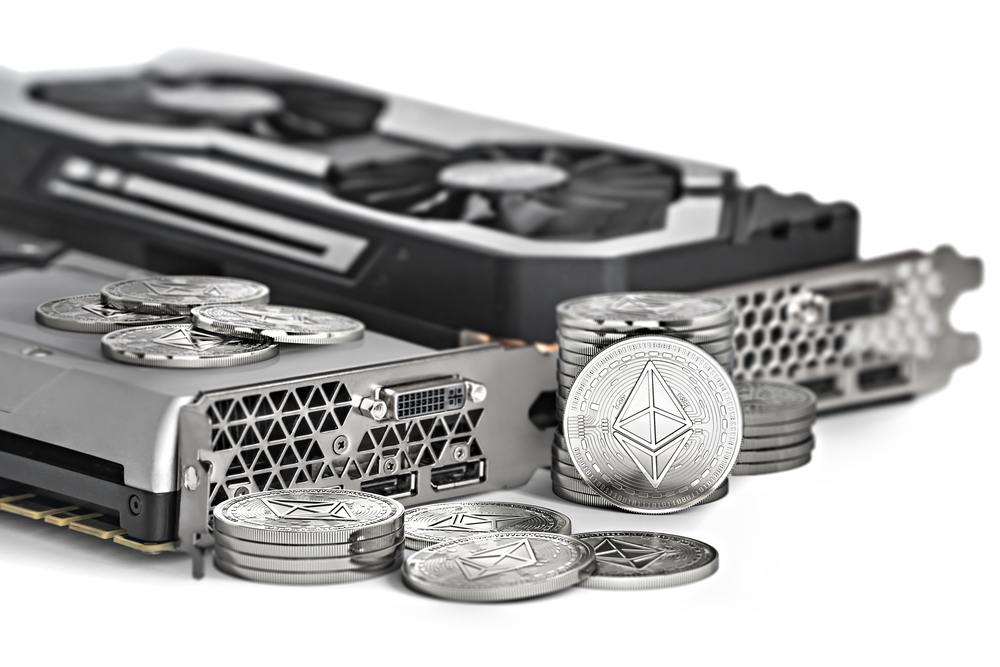
Critics have also pointed out that the Ethereum blockchain which secures a majority of NFTs and facilitates their transactions harms our environment. The process involved in protecting the Ethereum blockchain is not energy efficient. Participants have to dedicate their computing power to secure the network and validate transactions to receive rewards.
While this is a given, Ethereum will continue to mine new cryptocurrencies whether NFTs transactions are executed or not. Do not forget that the Ethereum ecosystem is also the popular hub for DeFi protocols. So, even if investors and creators decide to sideline NFTs for this reason, the Ethereum blockchain will continue to operate. However, as explained by Ethereum, this argument does not downplay the concern raised about the environmental impact of NFT and the Ethereum ecosystem as a whole. Ethereum wrote:
“So yes, there is a carbon footprint associated with creating blocks by mining – and this is a problem for chains like Bitcoin too – but it’s not directly the fault of NFTs. A lot of mining uses renewable energy sources or untapped energy in remote locations. And there is the argument that the industries that NFTs and cryptocurrencies are disrupting have huge carbon footprints too. But just because existing industries are bad, doesn’t mean we shouldn’t strive to be better.”
To permanently put an end to this challenge, Ethereum has kicked off a series of updates that will significantly reduce the energy requirement of validators. The plan is to change the consensus model of the blockchain to a more energy-efficient one. Ethereum is projected to finally transition to the less energy-intensive validation system by 2022. It remains to be seen if the NFT community is ready to wait for that long. Note that there are other alternative blockchains with greener consensus models like Tron that could take advantage of this situation.
The influx of scammers and copyright infringing practices

Unsurprisingly, scammers are capitalizing on the NFT hype to defraud unsuspecting collectors. Since there is no standard way of verifying the authenticity and ownership of artworks, the market is being flooded with NFT artworks minted by malicious individuals posing as the original creators. It seems that artists and collectors are slowly awakening to this new threat.
A report narrated how Derek Laufman, a popular digital artist, discovered that he was being impersonated on Rarible. Laufman explained that the incident represents a new challenge for him even though he had previously dealt with several attempts to steal his arts. Laufman stated:
“I was basically kind of annoyed that somebody had, quote, unquote, verified me on that platform. I dealt with having my art stolen for years. And I’m sort of numb to that. But when somebody is claiming to be you… that kind of, you know, pisses me off.”
Although Rarible has since pulled down the auction and deleted the impersonator’s profile, this security incident poses a new challenge to NFT marketplaces to introduce more accurate and sophisticated identity verification systems. It would be interesting to see if NFT marketplaces can find a balance between decentralization and identity management.
